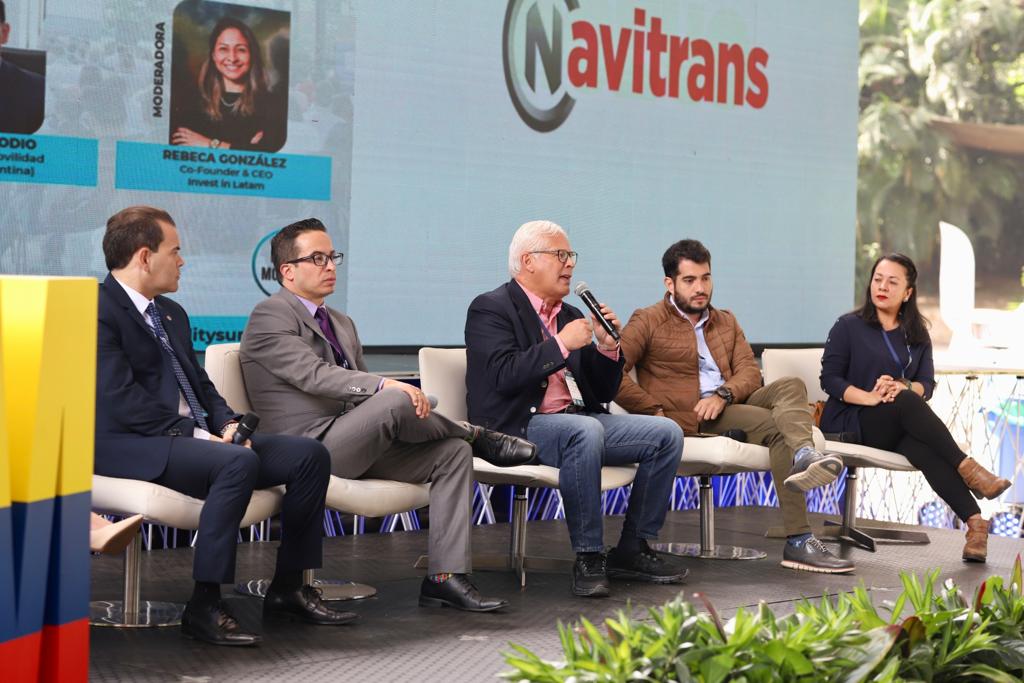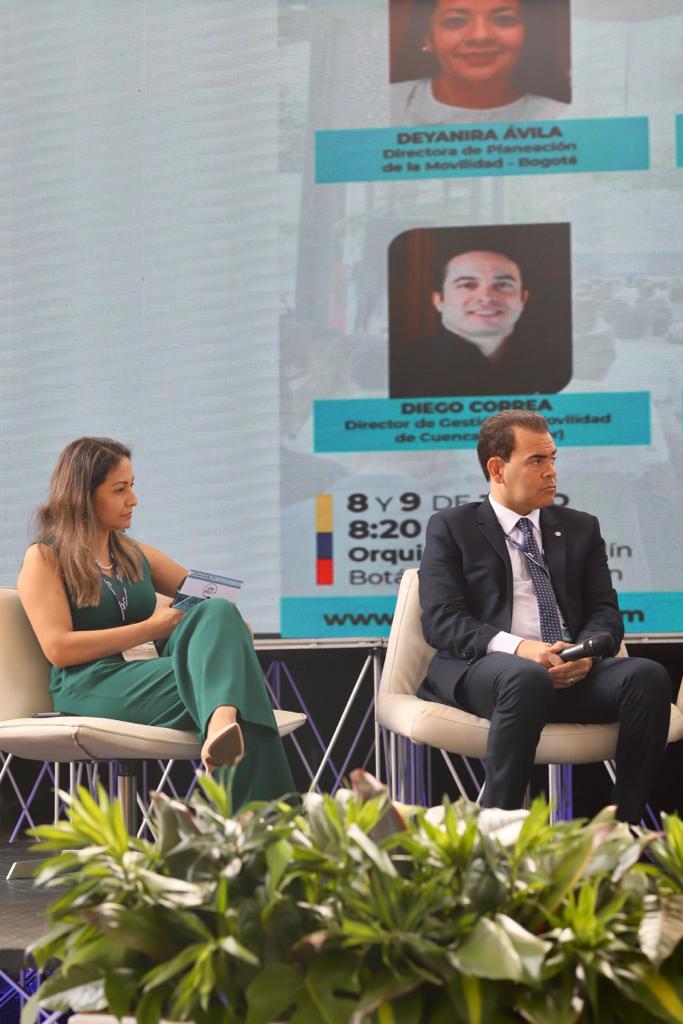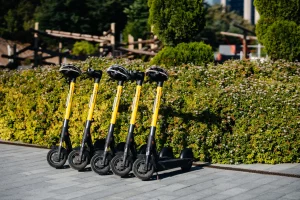The public sector plays a fundamental role in the implementation of policies that optimize the quality of transportation in Latin America, which is why Latam Mobility, a leading community in the region for the promotion of sustainable mobility, inaugurated its face-to-face meeting in Colombia with the President of the Republic, Iván Duque, and city leaders to discuss the challenges, opportunities and plans that are being carried out in this area.
The Colombian President highlighted the great advances that are leading the country towards carbon neutrality, generating an attractive investment environment and a regulatory framework, such as laws to promote the use of electric vehicles and energy transition.
He noted that so far Colombia has 8,128 electrified cars in the vehicle fleet, according to figures from the traffic registry. Duque also detailed that there are 34,000 hybrid vehicles and the nation has the largest electric public transportation fleet, with more than 1,100, a figure that is expected to exceed 1,500 by the end of this year.
Beyond the important advances, the president affirmed that there is still a long way to go on the road to energy transition, for which they continue projecting initiatives such as, for example, the so-called Route for Hydrogen.
City Leaders
After President Duque’s speech, Latam Mobility Colombia 2022 started the first panel of the day “The Sustainable Mobility Revolution in Latin American Cities”, a discussion that was attended by the Director of Mobility Planning of Bogota, Deyanira Avila; the Mayor of Popayán, Juan Carlos López; the Regional Secretary of Sustainable and Regenerative Territorial Development of Antioquia, Juan Pablo Cortés; the Director of Mobility Management of the city of Cuenca, Ecuador, Diego Correa; and the Secretary of Mobility of Córdoba, Argentina, Marcelo Rodio.
Ávila offered details on how Bogotá’s path towards sustainable mobility has been, pointing out that the great challenge is to have to be a multimodal, sustainable public transportation system, as outlined in the 2035 roadmap. “We are making great efforts by having 1,485 electric buses, the second largest after China with Euro V and Euro VI technology that allow us to avoid 94,000 tons of CO2.
The official stressed that they seek to make fares accessible, have connected systems and regulate the circulation of private vehicles, clarifying that the idea is not to “wage war” on this means of transport, but to generate awareness in the population of a rational use.

For his part, López, as Mayor Popayán, assured that the city’s challenge is to be more competitive and seek the conjugation of information, technology, potential and opportunities. “We have advanced towards a sustainable strategic transportation with the inauguration of the Smart City program”.
He stressed that another challenge is to define the new land use plan, which is not only about urban delimitation, but to seek city quality to provide welfare to the people with efficient public transportation.
The Popayán authority also informed that they are working on projects to replace the use of carts with new mobility projects, such as, for example, the Ciudad Blanca plan, to have environmentally friendly buses.

In the case of Antioquia, López Cortés, as the city’s mobility authority, said that in order to have efficient transportation it is necessary to combine a great variety of factors, but he considers that the most important one is territorial planning.
“It is essential that we can focus on a land use model that helps us to foresee what is to come. There is exponential population growth and we have not been able to plan for that. Mutimodalism, traffic regulation and electric mobility are key, but the focus is to generate a relevant occupation model”, he pointed out.
Regarding the challenges facing the city of Cuenca, Correa stated that the political commitment and component represents a crucial area for sustainable mobility. “We have a very clear vision of the city we want. We have a low-emission historic center by expanding the cliclorutas. We recently built a 14-kilometer one to provide safety and quality infrastructure.” He specified that these measures have achieved a 250% increase in the presence of cyclists.
“We want to give citizens back their spaces, pacify the historic center for a friendlier city. We have a renewed bus fleet but the challenge is to change it towards an electrified one, and we have taken important steps with the incorporation of the 100% electric streetcar that is the backbone of Public Transport in the city.
Finally, Rodio gave an outline of the current situation of Cordoba in terms of mobility, highlighting the hard work being carried out with the trolleybus network. He pointed out that the focus is on evolutionary plans for public transportation and highlighted that the cost for users is one of the lowest in the region at 0.35 cents on the dollar.
“We are working hard on the predictability of the system so that it is sustainable and serves the ordinary citizen. We devised the trolleybus system with 60 km of electric network, the most important in Argentina and one of the most efficient in South America”, he explained.
Rodio also pointed out that the city of Córdoba has been a pioneer in incorporating women as bus and trolleybus drivers for the past 30 years, a service which they hope will soon be converted into electric fleets.
The representatives of Latin American cities attending Latam Mobility 2022 concluded that financing, public policies and alliances between authorities and private companies are key to strengthening sustainable mobility in the region.






